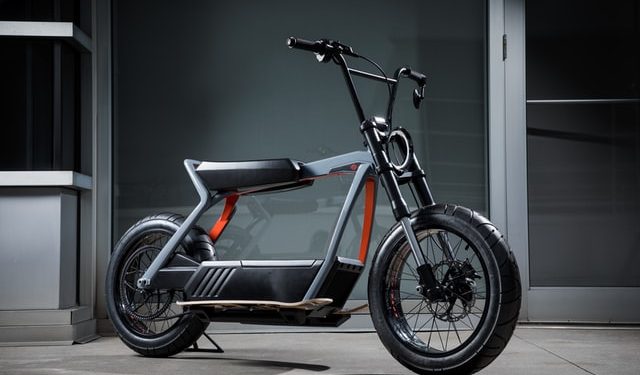As the world becomes more focused on green energy solutions, we have started to also look at better alternatives for travel. Cycling has been the main focus, with more people choosing to bike instead of taking their car. It is so popular that electric bike sales have more than doubled over the last few years!
Batteries are a familiar enough concept to all of us, but how much do you know about e-bike batteries? We can look at the facts to learn if you think an electric bike might be in your future.
How Do E-Bike Batteries Work?
If you understand how batteries work, you are already halfway to understanding batteries in electric bikes. We will do a quick science lesson for those among you who are not as familiar.
Battery capacity measurement is in ampere-hour. That’s how much juice the battery can generate for an hour. There is a limited number of times a battery can do this.
That’s what we call the maximum number of cycles.
These cycles determine the lifespan of your battery, and each one is different. There are plenty of brands with differing levels of quality, but one of the main points of difference in the e-bike battery market is the types of battery.
The Different Batteries for Electric Bikes
Batteries for e-bikes aren’t that varied, but they are different enough in the finer details that it’s worth a dive. Instead of one standard type of battery, they come in a select few models. On the surface, they do the same job, but the difference in performance and quality is night and day.
First, we’ve got the gel battery. It was the first battery that you’d find on an electric bike, and it shows.
They are heavy, slow to charge, and last but not least, boast the shortest lifespan. A low number of cycles and a charging duration of up to 10 hours made the electric bike far less approachable than it is today.
The use of the lithium-ion battery changed the game for the electric bike. If e-bike battery life or e-bike battery charging were problems for you, they are non-issues with a lithium-based battery.
The number of cycles is quadrupled in comparison to the gel battery, as well. The technology driving these batteries looks set to develop further, too. Only recently, we have begun to see the use of the lithium iron phosphate battery, which offers double the lifespan again.
With these advancements in battery quality, there’s never been a better time to buy electric bikes. The improvements and the popularity look like a trend set to continue, so you may as well saddle up and get cycling.
Making More Great Lifestyle Choices
As long as you aren’t buying an older type, there’s nothing to worry about with e-bike batteries. As long as you make sure you’re getting a lithium-based battery, you’ll be making a solid purchase. You can also rest easy knowing that you’re doing your part for the environment and your health.
If you do make the purchase, you’ll also know that you’re doing it as an informed consumer. That’s important, especially when it comes to lifestyle choices. Consider continuing to read our blog if you think that tips like this might help you in the future, as we post articles on similar topics regularly!






























